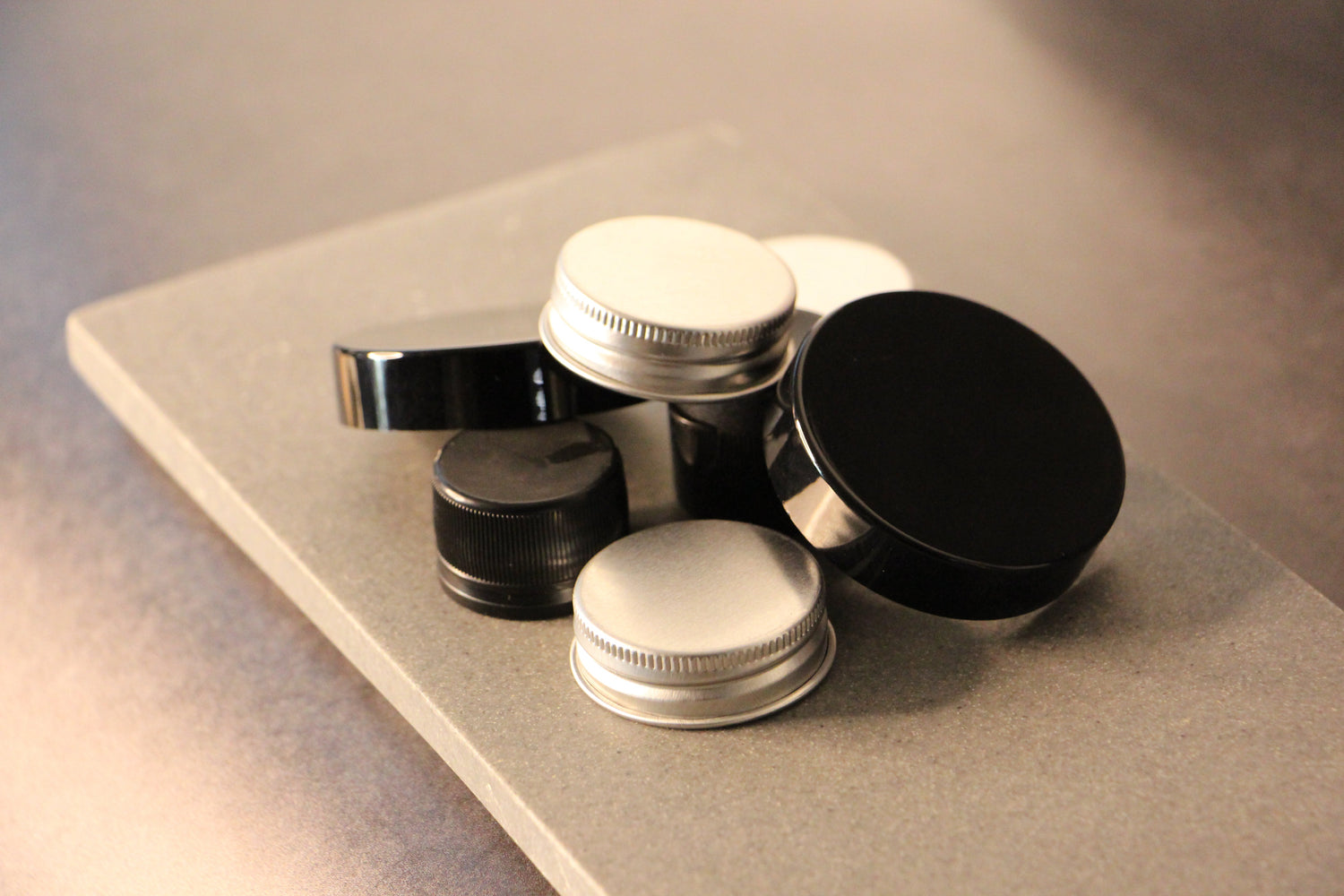
Ever seen the terms induction seal or pressure seal and want to know what they mean or what they are for?
Simply, a wad or seal is placed inside a cap and then adhered to the mouth of a container at the time of filling. These types of seals are placed inside the caps of many different containers for a range of reasons.
- Protecting the integrity of the product. A seal can protect the contents from contamination caused by environmental factors such as moisture and pollutants.
- Keeps products fresh. Wads and seals help prevent air from reaching the product therefore maintaining its freshness and shelf life and preventing any changes to consistency, smell or potency.
- A form of tamper evidence. Most seals can not be removed without leaving visual evidence of tampering such as adhesives or foil on the mouth of the container.
- Prevent leakage. Got a product that leaks in transport? Heat applied seals are a great use to the food and beverage industries to help secure the contents from leaking in transit.
Now that we know that inserting a wad or seal into a cap has many advantages, let's review the different sealing options that you might find inside your products cap.

Wads
A wad is a thin piece of plastic (often polyethylene or PE) that assists with greater sealing capacity for many jars and bottles. A wad which often feels like a thin piece of foam is placed in a cap either on its own or under one of the seal types below for a better fit.

Induction or Foil Seal
Induction and foil seals are silver due to the presence of aluminium foil.
These seals remain in the cap in a commercial filling line and are adhered to a vessel by producing an induction current or heat source. Once heated the seal adheres to the vessel providing an air tight seal.
The consumer simply peels back the seal when ready to use the product. Pull tabs may also be incorporated to the design of a foil seal to provide better grip when peeling back the seal.
Tip: make sure the foil seal you are using is being used for the correct material as their composition differs for glass and plastic.

Lift and Peel
A 'lift n peel' easy open seal consists of a half moon pull tab on top of a standard seal. This additional feature was designed to make the process of peeling back the seal easier by providing a firmer and stronger grip.

PS Seal
PS seals are also known as pressure sensitive seals. These seals also remain in the cap in a commercial filling line but do not require a heat source to adhere to the vessel. These seals rely on an adhesive that is activated by pressure being applied between the cap and vessel when screwed on tightly.
These seals are usually printed with 'sealed for your protection' and can be peeled off just like the induction seals. Unfortunately these seals work best for dry goods and can not be used with liquids.

Caska Seal
A caska seal is not adhered to the mouth of the vessel but is a common item found in many cosmetic jars. Caska Seals are a thin piece of plastic made specifically to sit in the mouth of a jar. Caska seals are different in that they can be reused over and over again to help prevent air from reaching the contents of your product. It is important to note that caska seals do not form an air tight barrier.